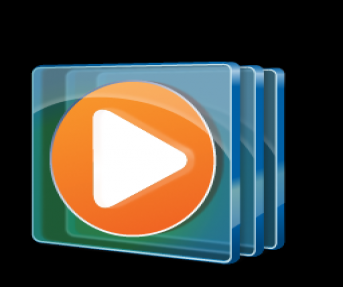

Now, thanks to a post by spudnix from this thread, here’s how you can stream video from the Pi to your Mac:
#Mplayer streaming install#
The best luck I had was to install it via macports. Need to instal mplayer on the Mac so you can access it from the command-line. You’ll find these on all the sites: $ raspistill -o image.jpgĢ : Capture a (5 second, default) video, at 1920×1080 (1080p)ģ : Capture a 10 second video (in milliseconds) Viewing a video stream from the Pi on your Mac: This is however, a bummer: To run any of the “demo” code, you need to be viewing the Pi directly over hdmi. This post explains the reasons behind it. Important note: You can’t view anything over VNC, and obviously you can’t do it via a ssh terminal. The first time setup above covers many basics.Ĭamera forum can be found here. Official documentation can be downloaded off of Github. I made one that should survive the Zombie Apocalypse out of some MicroRAX:īased on the latest installation of Rasberian via NOOBS, the hardware installed easily, and was auto-detected by the Pi. Note, I’m using a Macbook Air, so all software and commands are centric to OSX (10.8.5).įirst off, you need some sort of stand for it. This post will continue to evolve over time. There’s a lot of info on the web, so I’m going to collect what’s applicable to myself here.
#Mplayer streaming how to#
This post will serve to be notes to myself on how to use the dang thing. Downloading the stored video file with youtube-dl is a much better option if it's just a video file being served and not a live-stream.I recently picked up a camera module for the Raspberry Pi from Adafruit. Use youtube-dl if the video on a site is actually a video file and not a live-stream.
#Mplayer streaming manual#
See the very long mplayer manual page for details. You can always rename the file to one with the right extension when you find out. This may actually be a better idea if you do not know what kind of stream you are dumping. stream.dump if you do not specify a -dumpfile. Mplayer -dumpstream -dumpfile videofile.mp4 Mplayer is a quite outdated video player compared to mpv but it does have the -dumpstream command-line option - as well as -dumpvideo and -dumpaudio if you are only interested in one of those options. You probably don't need any the default's fine. See the youtube-dl manual for detailed options. Simply point it to a stream you would like to save and let it do it's job. It can also identify and save video-streams. Youtube-dl is a general-purpose tool for downloading video files from websites, it is not just for YouTube. There is an option called Record directory at the very bottom of the Input / Codecs options. Select Tools then Preferences and select All preferences in the bottom-left corner. You can change where recorded videos are stored. Where oh where do these files go? They are by default placed in $HOME/Videos/. Just click the red recording button to start recording the stream. Open your stream either by pressing ctrl-N or choosing Media -> Open Network Stream in the menu. You will now get the secret "Advanced" toolbar under the video window. Start VLC and choose the menu View and select Advanced Controls.


 0 kommentar(er)
0 kommentar(er)
